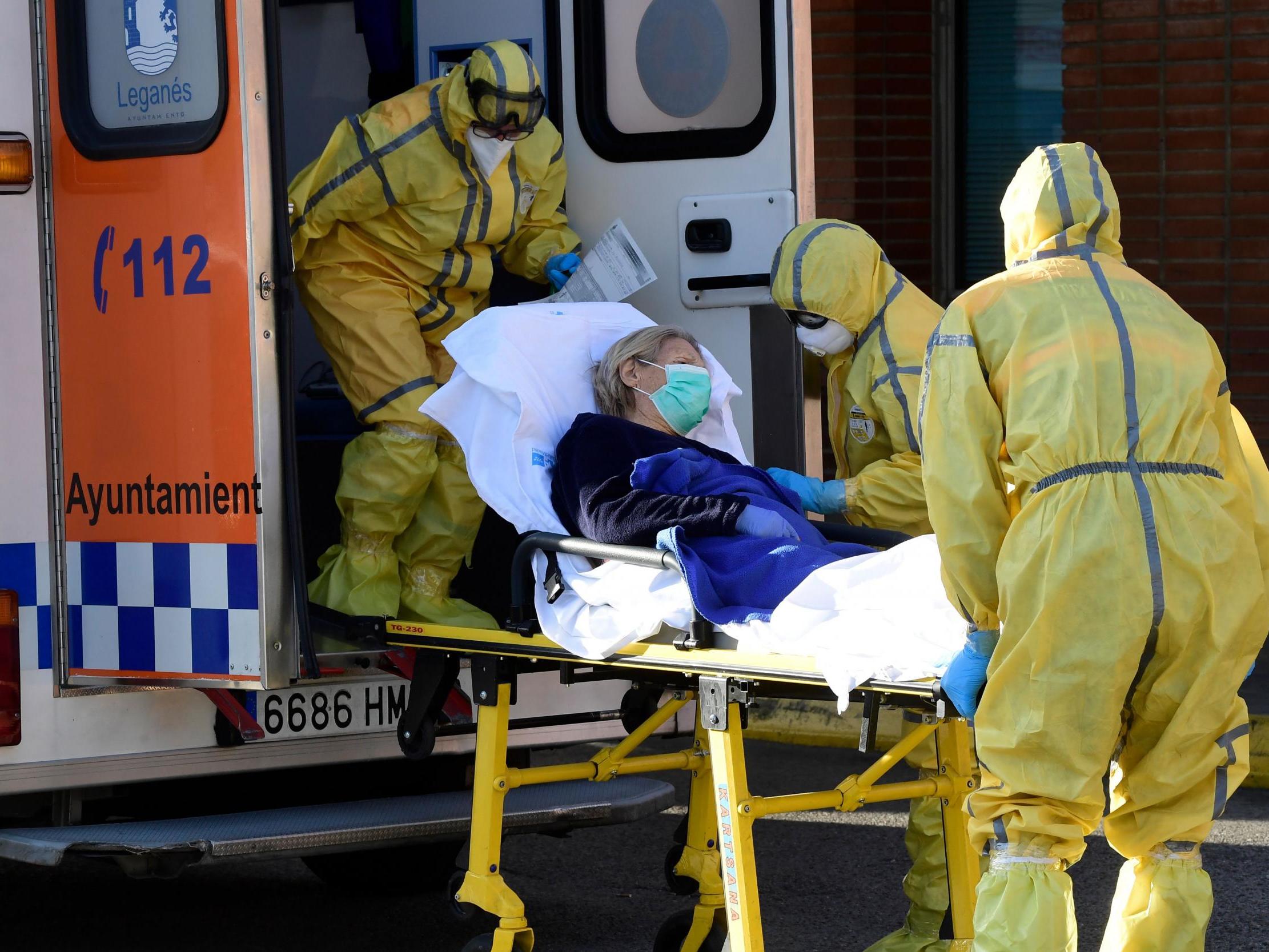Coronavirus: As infections hit one million worldwide, what do the statistics really tell us?
Crucial indicator for governments is rate at which virus is spreading within communities and how quickly it doubles

Your support helps us to tell the story
From reproductive rights to climate change to Big Tech, The Independent is on the ground when the story is developing. Whether it's investigating the financials of Elon Musk's pro-Trump PAC or producing our latest documentary, 'The A Word', which shines a light on the American women fighting for reproductive rights, we know how important it is to parse out the facts from the messaging.
At such a critical moment in US history, we need reporters on the ground. Your donation allows us to keep sending journalists to speak to both sides of the story.
The Independent is trusted by Americans across the entire political spectrum. And unlike many other quality news outlets, we choose not to lock Americans out of our reporting and analysis with paywalls. We believe quality journalism should be available to everyone, paid for by those who can afford it.
Your support makes all the difference.The number of people infected with coronavirus around the world has now passed the one million milestone, as the pandemic continues to grow and spread.
Around a quarter of the globe is now thought to be in some form of lockdown as restrictions on normal life have become essential in the war to prevent Covid-19 claiming more victims.
As the virus rampantly extended its grip around the globe, daily updates on the number of infections and deaths have become a grim routine for millions of people stuck in their homes regardless of whether they live in Wuhan, Italy, the UK or New York.
These statistics are the only glimpse of how this silent disease is working its way through communities and help expert epidemiologists and governments to plan their counter-attack.
The crucial indicator for governments is the rate at which the virus is spreading and this is counted in the number of new confirmed cases. In some countries extensive testing has delivered a much clearer indicator of how widespread the virus is.
In the UK, early testing was limited to those in hospitals meaning the true number of positive cases will be many times greater than the UK’s official confirmed cases.
Without restrictions, coronavirus is thought to spread from one infected person to another two or three people, meaning that over time the number of cases can double every two or three days and this is why we see exponential rises in infection cases around the world.
These peaks in infections similarly mean a peak in patients who have become seriously ill and died and this is why many countries have brought in restrictions on movement because the mortality rate for coronavirus means health systems will be unable to cope.
Initial research by Imperial College estimated as many 500,000 people could have died in the UK without the lockdown being put in place.
Restrictions begin in the UK on 16 March and became tougher a week later. The experts predict there is a lag time of around two to three weeks which is why the daily numbers are being watched so closely.
It is important not to take one day’s numbers on their own but to consider what is the trend over several days.
The next two weeks in the UK will be important and will tell us whether the lockdown restrictions are working if the number of cases begin to plateau and fall.
If that happens, restrictions are unlikely to be lifted straight away as the number of patients who become sick enough to need to be in hospital takes a further few weeks.
Even at that stage once restrictions are lifted they may be done on a regional basis and potentially have to be re-activated if cases of coronavirus begin to rise again.
Experts at Imperial College have warned that without a vaccine the lockdowns could become semi-permanent and continue indefinitely.
Join our commenting forum
Join thought-provoking conversations, follow other Independent readers and see their replies
Comments